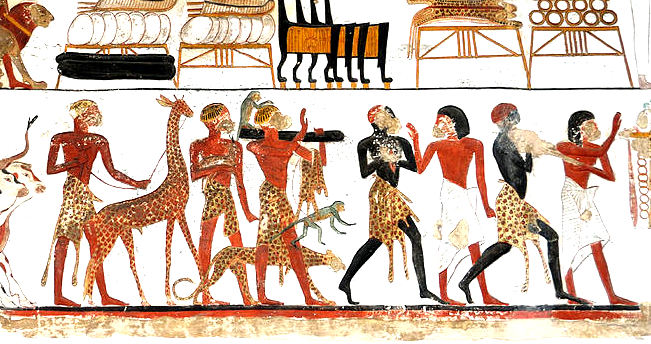
I was surprised to learn that the people we have called the Egyptians for centuries were not from Egypt! What? It’s true. Scientists have discovered the Egyptians originated in the civilization of the Dogon in what is today Mali, Africa. It is a country situated in the northwest corner of the continent near Algeria.
Similarities between Dogon and Egyptian can be found in the simple pronunciations and meanings of individual words, in the parallel acts and phonetically similar names of equivalent mythological gods, and in the nearly identical forms of many key mythological symbols. Parallels between these two cultures extend even to the guiding principles around which their civil bodies were established—in deliberate pairs—one designated as UPPER and the other as LOWER. This relates to the terms we know, Upper and Lower Egypt.
There are many resemblances that have to be more than chance.
- The Dogon share many cultural and civic traditions with ancient Egypt.
- Dogon religious traditions often reflect those of ancient Egypt and Judaism.
- Dogon astronomical practices parallel those of ancient Egypt
- The Dogon esoteric priestly tradition is reflective of what we know about the priesthood in ancient Egypt.
- Resemblance between Dogon and Egyptian words are not incidental.
- These same Dogon words and drawings bear strong resemblance to those of the Amazigh, the hunter tribes who proceed the First Dynasty in Egypt and are considered the predecessors of the Berbers.
Archaeologists have unearthed proof that the earliest ancestors of the Egyptians migrated over thousands of years, following the great river we know today as the Nile. For me, it lends a mysterious and wonderful quality to what we know about the pre-dynastic Egyptians. They actually knew abut the string theory. Really.
When you stand in front of the pyramids, or before the Temple of Karnak, you can’t help but feel there must have been something even greater than these monuments and artifacts they left. Maybe some day we will know.
Consider: “Sacred Symbols of the Dogon,” by Laird Scranton